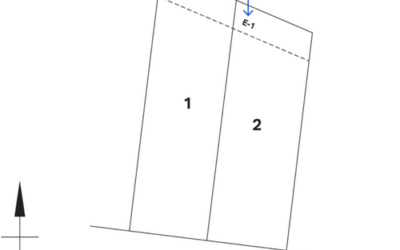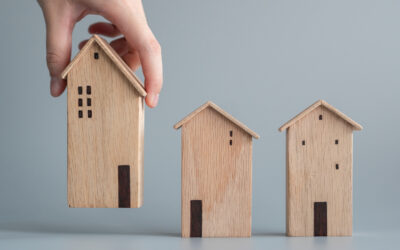Are you the sort of person who does not like walking uphill?
Well you’re not the only one. Many of us like to keep on the so-called straight and narrow, after all as we get older going up and down hills and steps gets more and more difficult.
The same applies for property – we’re talking about flat blocks of land versus sloping blocks of land.
Whilst a home that sits proudly above the street gives the house a sense of grandeur it comes at a cost.
If budget isn’t a big issue a sloping block can be a great advantage but for a first home buyer and those of us on a tight budget a sloping block creates a number of risks for the uneducated buyer.
So, here is what you need to be aware of:
Construction costs
All project builders give their basic construction costs based on the build cost and then separately the site costs. When these are quoted it is based on a flat block of land. If your block has a slope, it will cost you more to build. The increase in cost goes up significantly once you cross about 4 degrees due to the additional costs of labour, foundations, retaining walls, landscaping and materials required to construct.
Since most residential blocks are around 30m deep, a rise or fall of 2m over the length of the block.
Any more than this means that pouring a concrete slab becomes more expensive as the slab needs to drop off at the edge and end points by 2-3 times the normal thickness of a slab. As the slope increases the house will need to be split with steps between areas. Finally, for steeper slopes, the house will need to be split level or completely off the ground sitting on piers or a combination of both.
All these add to the complexity of the home, its construction, and the cost. Typically, building on a sloping site will add an additional cost of approximately $22,000 – $55,000 compared to a flat block.
An even bigger problem is a sideway slope, that is, a slope from left to right or vice versa.
In addition, slope also adds to the cost of OH&S. Items such as scaffolding can double in cost and result in longer hire periods as the construction takes longer.
If your site has over a 2m fall, costs will tend to increase
Figure 1 – Example of a Slope of 4 degrees – block is 30m deep with a drop of 2.1m
Loss of access
Whilst a block may be fairly level within the building area, rising or falling land near side and rear boundaries of the block can spell huge costs in retaining walls, water flow/drainage and additional fencing. This is especially problematic at the rear of the home if retaining walls are needed. As land size for modern subdivisions is getting smaller, accessing the rear and sides of the block can be difficult if not impossible once the house is built. So, the work needs to be done before the slab is down, otherwise, you just will not be able to get a machine in there to dig any footings and do any excavation for the retaining wall(s). Everything will need to be done by hand and removing the dirt off the site will become a big problem. The resulting costs can be over 1000% higher than doing it before the slab goes down.
As almost all blocks of land are rectangular retaining walls along the sides of a house are 3-4 times the cost as their 3-4 the distance so this is also something to be aware of when purchasing an existing house or a block of land. Again, do the work before you build the house!
Read more from our blog
Why should I care about easements?
What is an Easement? An easement is an interest attached to a parcel of land that gives another landowner or a statutory authority a right to use a...
Changes to the QLD Rental Tenancy Act will impact property investors
Some major changes in the Residential Tenancies and Rooming Accommodation Act 2008 (Qld) (RTRAA) come into effect from the 1st of October 2022. The...



